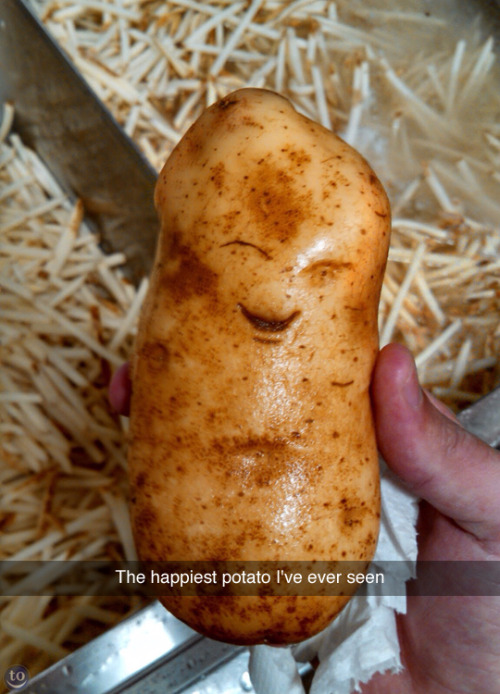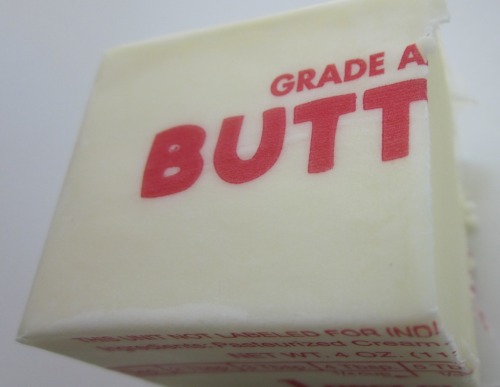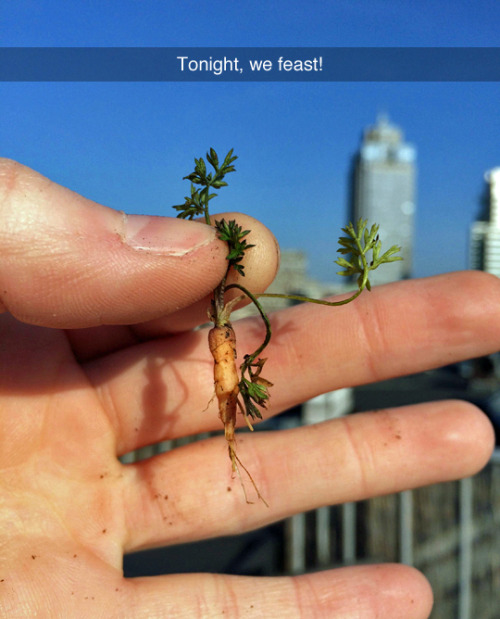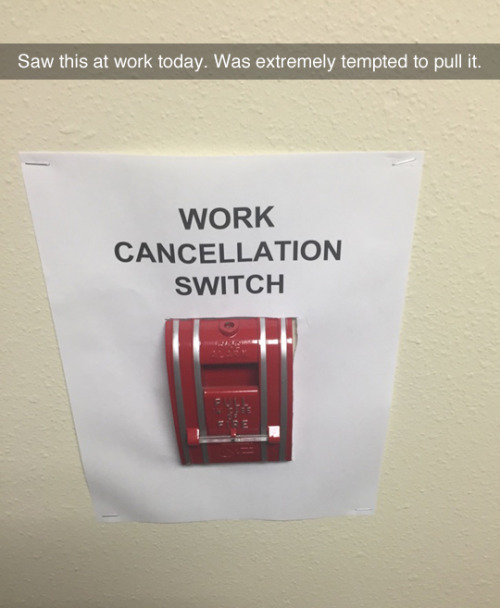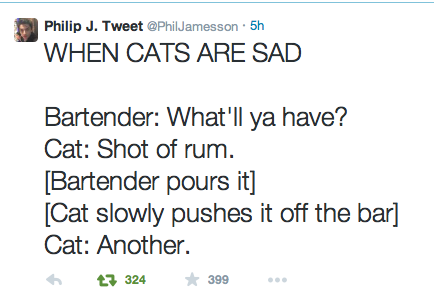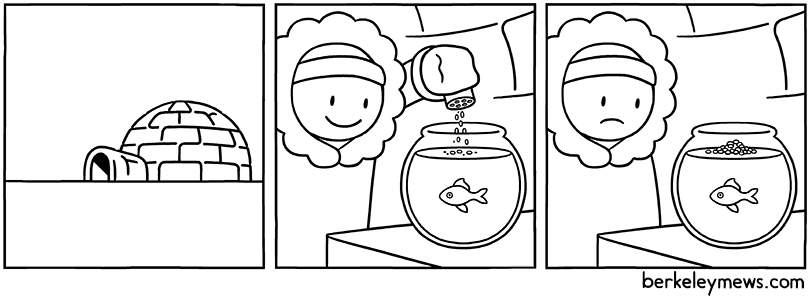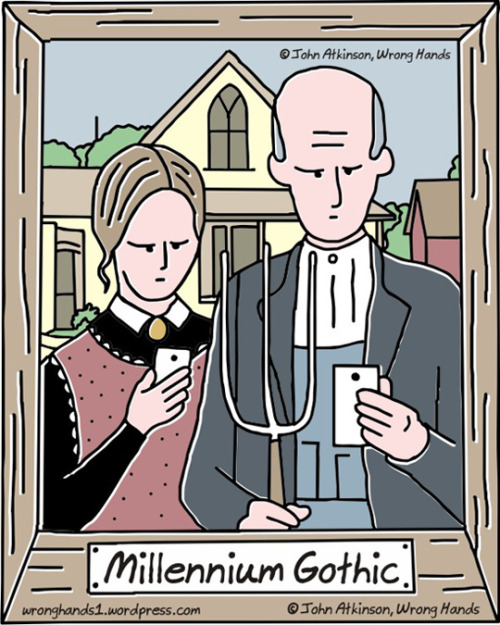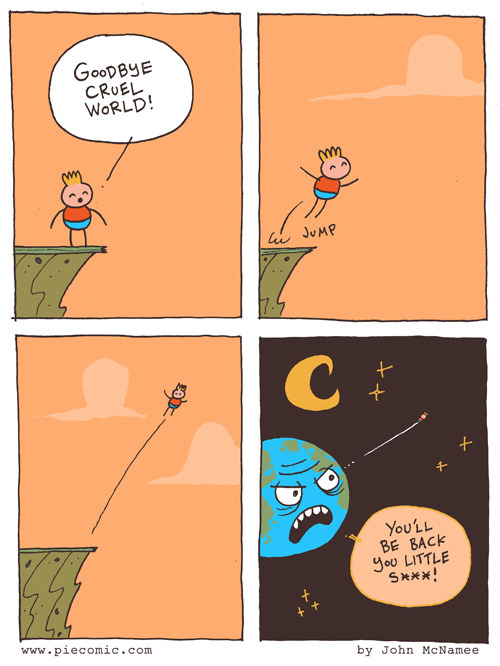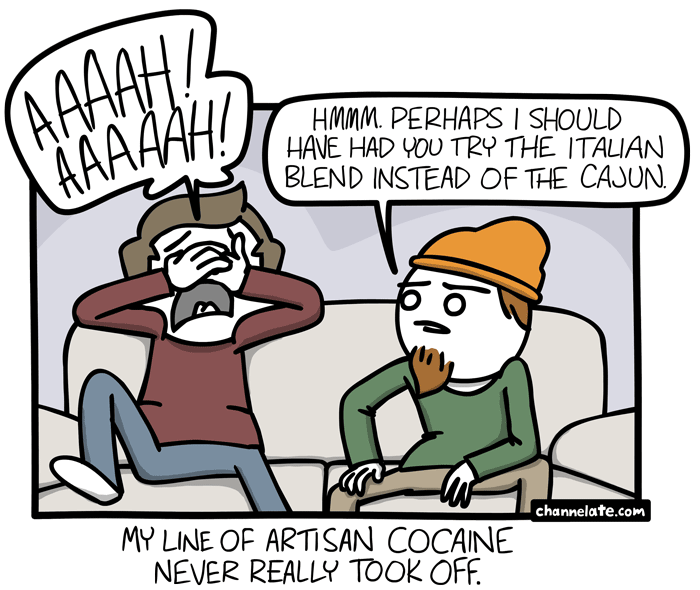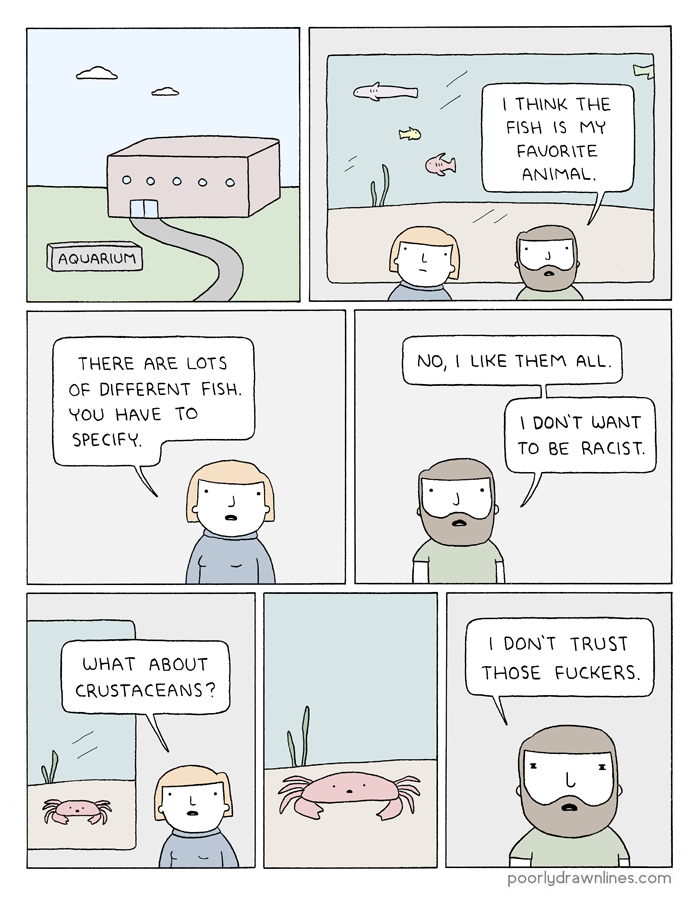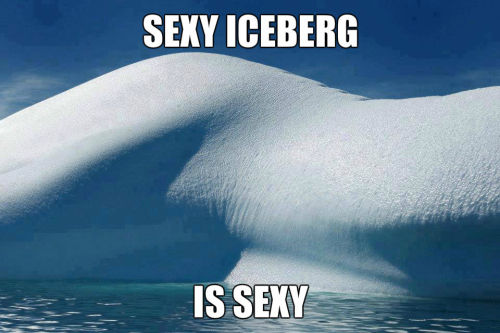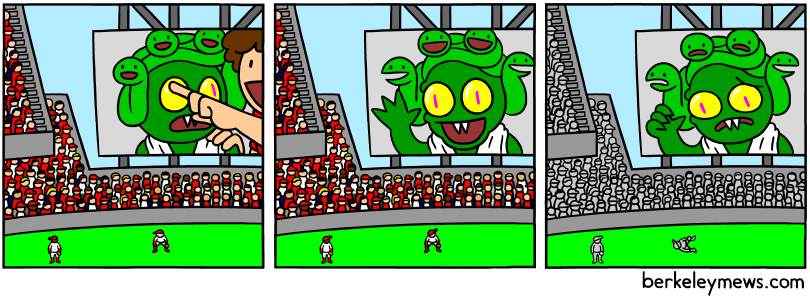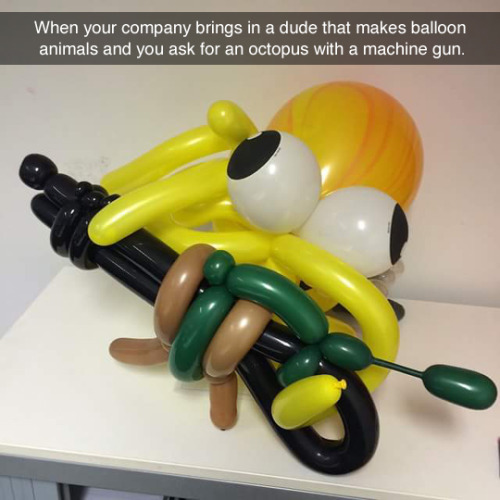About nine days ago,
@Volcanologist tweeted, "A mini erosive scour at the base of the Fasnia Ignimbrite, Tajao, Tenerife." (
Click here to see accompanying photo.) If you take a look at that picture, you can see numerous similarities to the above and
previous post. In the above photo, the lens cap is in the same spot as in the previous post, and I've just moved the frame a bit to the right, and come in a little closer. @Volcanologist confirmed that this looked like an ignimbrite, too, though I should emphasize that identifying rocks through photographs is problematic at best. What convinces me is not the photo, though, but fact that the process/change fits the deposit so very well. (There's that "story-telling" aspect I was talking about in the previous post.) Here's
an excellent summary by @Volcanologist explaining what an ignimbrite is, and what they represent. Perhaps even more important to my narrative, though, is some discussion of how they can vary. Nearly all of the examples I've seen before, and, I think
all of the examples I've seen in the field, are close to 100% juvenile material, with only a few lithic fragments from previous eruptions of different kinds of lava. The thing that threw me here is that the pumice is not flattened, which has been more typical in my experience, and the abundance of "lithics," which. in this context, refers to previously existing rock that got caught up and entrained with the fresh lava blown out in this particular eruption. In this case, that would be the relatively small portion (maybe 10%) of varied, but generally darker, pebbles. Here's
an example of an ignimbrite/welded tuff that I posted about six (!) years ago, which is more typical of what I have experienced.
Now I was excited to finally put this together in a way that made sense. And lacking another geology person in the shop, I had to come up with a way to explain it to a person who I knew would be interested, but didn't really have the background to understand. The following is a semi-accurate paraphrasing of how I told the story.
Imagine you're cooking up a batch of pea soup in a pressure cooker, and the lid blows off. It coats your entire kitchen with a layer of the thick paste. That's the kind of ignimbrite I've seen before. Now imagine you're cooking up a really big batch of pea soup in a really big pressure cooker, but the lid doesn't blow off, the whole cooker explodes, covering the whole neighborhood with pea soup, fragments of dishes, window glass, drywall and building lumber. It's mostly pea soup, but it has all these fragments of other stuff that happened to get carried along with it. That's what this ignimbrite is.
The lesson in all this is that it's perfectly okay to not know something, but if it bugs you, keep at it, and be watchful for clues... you never know when or where an answer that makes sense will pop out at you. This one has been an irritant for 2 1/2 years. Others have taken me decades. If it puzzles you, just puzzle it right back!
Photo unmodified. October 9, 2012.
FlashEarth Location.









